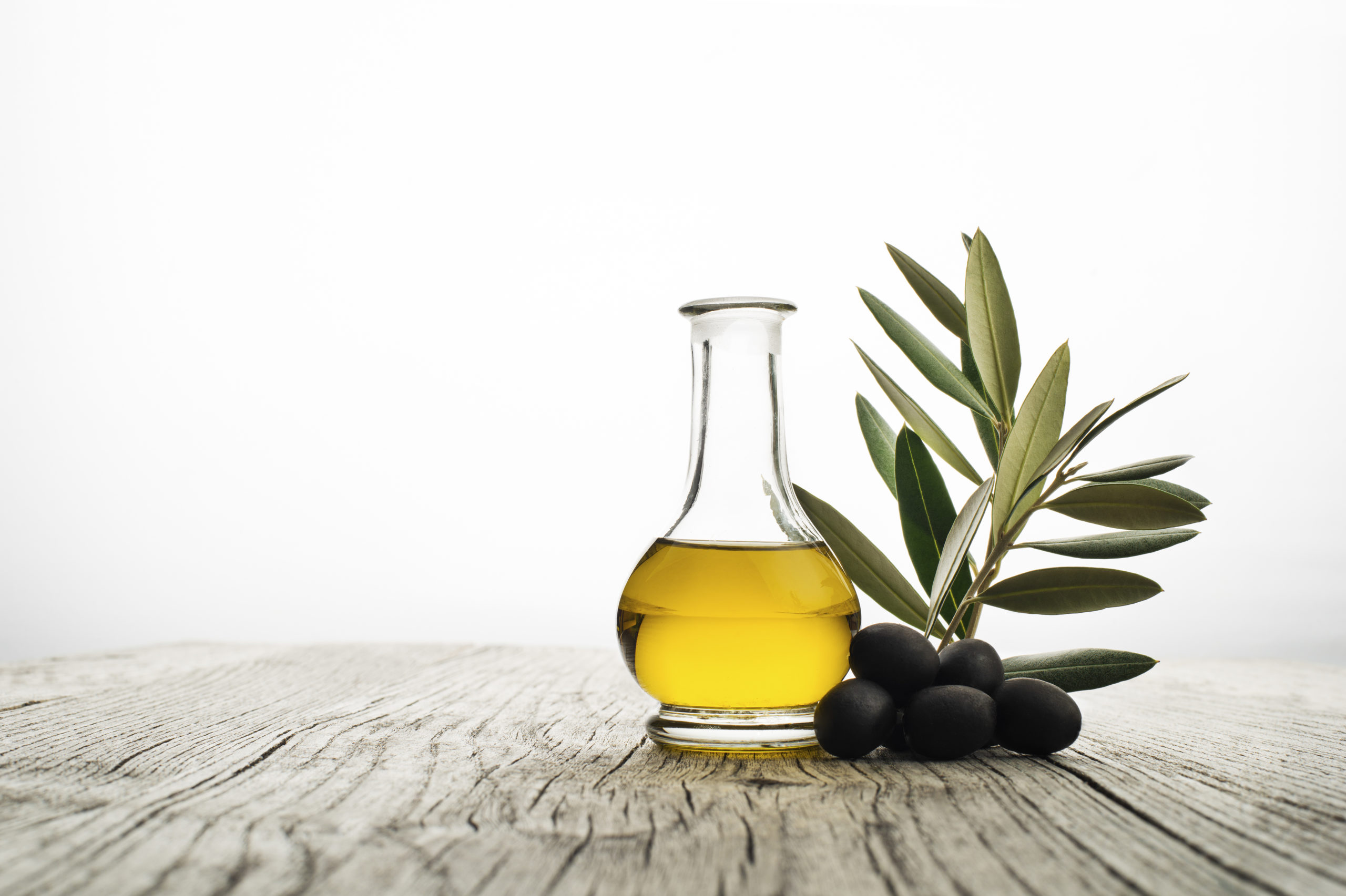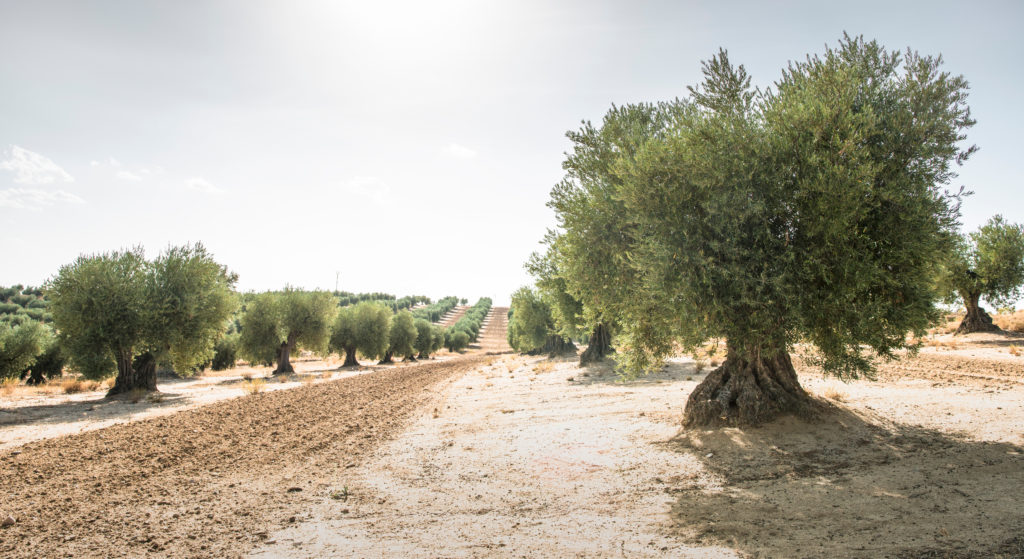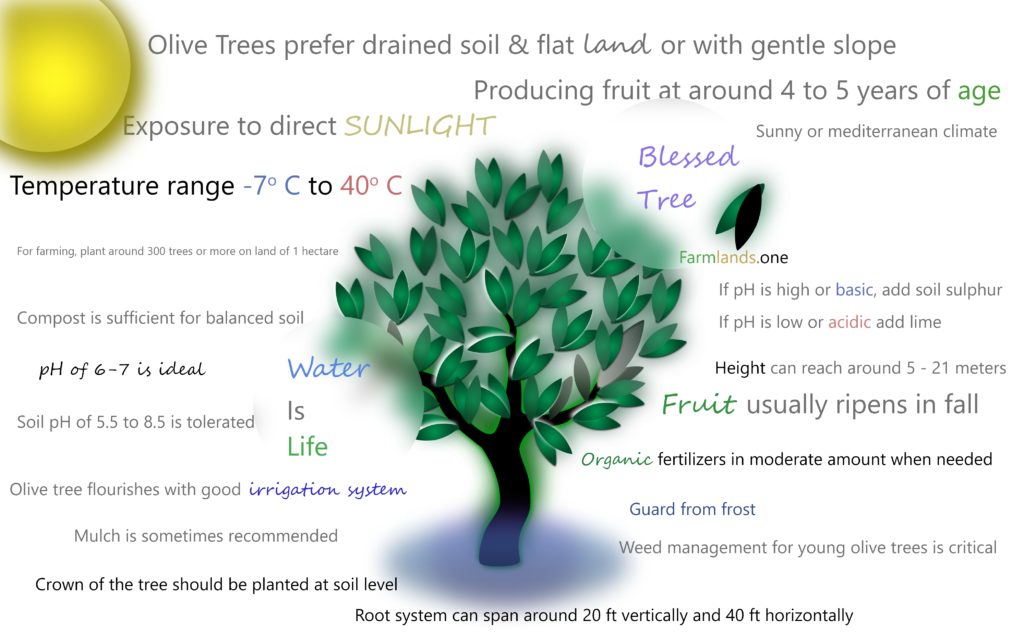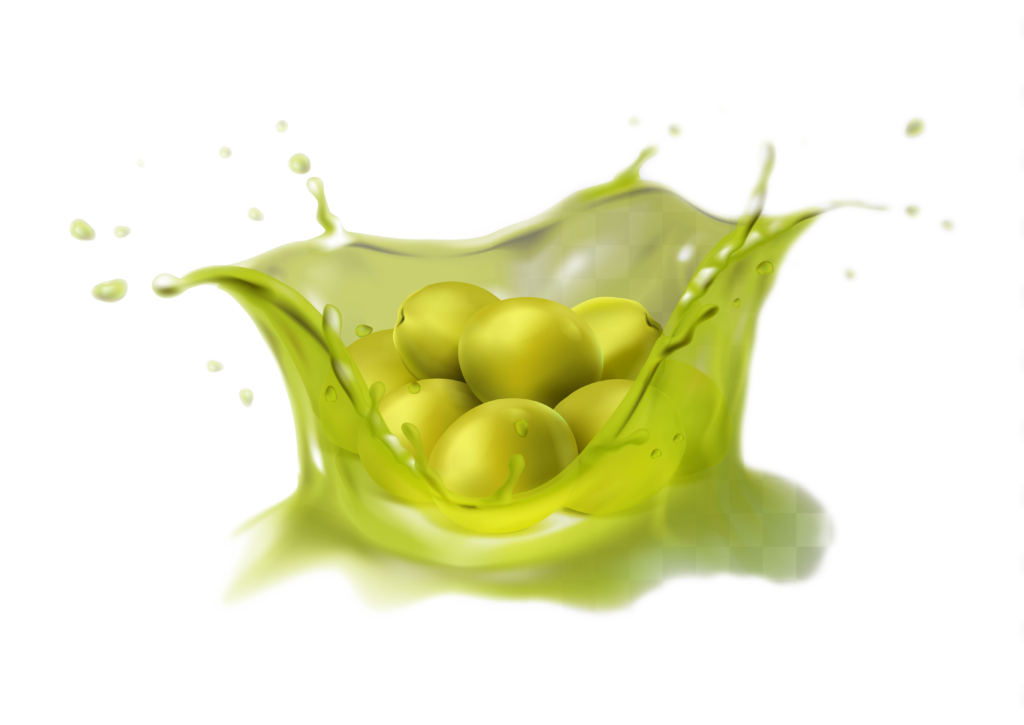
Harvesting Good

Harvesting Good


Olives are an ancient fruit from a blessed tree, encompassing various health benefits, alongside being incredibly nutritious, and in tandem holding remedy for many ailments. The olive tree, its fruit and its oil has been praised by God and his prophets.

Olives are very high in Vitamin E and hold some powerful antioxidants. Olive oil is produced from olives which contain healthy fats, which can be used for cooking and is most essentially used as a condiment or dressing for salads, including the olive fruit (table olives).
To grow olives, be it in the form of a large farm, garden or simply an indoor plant, there is a certain associated knowledge.
Below you will find the information and certain guidelines in regards to olive cultivation and production.

Land is the foremost consideration for growing anything, let alone olives. Land for growing olives needs to be chosen carefully.


Water is life and hence an essential component of any plant. However different plants have varying amount of water requirements.

Growth and fruit production timeline for olive trees can be around 4-5 years and will eventually continue to eternity. Olive tree is eternal in a sense.
The olive tree can attain a height of around 4-20 meters or more. Olive tree trunk is smooth on young trees and bumpy on older ones.

Maximum temperature without causing damage is around 40o C.
Maximum cold temperature is around -7o C, but cannot be sustained for long by olive trees. But a certain amount of cold is necessary for fruit development.
Temperatures between -7o C & 40o C is suitable for olive trees, in tandem with other benign conditions.

Proper planting is essential

Soil pH and calcium content affect the absorption of some nutrients that are supplied by fertilizers.
Optimum pH is around 6.5, but the average olive tree can produce fruits at soil pH of 5.5 to 8.
Lime is often used for correcting soil pH (consult local licensed agronomist).
Minimum acceptable nutrients rates after chemical leaf analysis are 1.5% of Nitrogen, 1% for Phosphorous and 0.5% for K.
Nitrogen is most important and is necessary for germination & production of olives. In nitrogen deficiency leaves are much shorter and do not turn dark green.
A common fertilization scheme involves adding 4-7 kg of N-P-K 11-15-15 fertilizer in every adult tree once or twice a year. The most suitable period is during fall and winter in non-irrigated areas. Although organic fertilizers are preferred.
Fertilizers can be added at a radius of 2-3 ft from the trunk, so as to avoid concentration in any particular spot, as every land is different and have varying requirements.
Organic matter in the various stages of decomposition (especially as humus) is beneficial in many ways. It improves soil condition such as consistency in light soils and texture of heavy soils, pH adjustment, maintains soil moisture, increase soil capacity and soil micro-organism and nutrient absorption.
During the autumn, manure slurry can be provided and incorporated into the soil. In olive farms with no irrigation and no frequent rainfalls, many farmers provide 10-20 tons of manure per hectare every 2 years. Conversely, in well irrigated areas this is performed every 3-4 years. hence well irrigated trees require less maintenance.
Sufficient calcium levels are important for a healthy olive tree, as calcium reduces susceptibility to disease. Most common symptom of calcium deficiency is chlorosis (leaves turn pale yellow or white). Calcium deficiency is often corrected by adding 6-7 kg of calcium oxide per grown tree.
Magnesium and Boron are also important for proper fruit development. Magnesium is the central part of the chlorophyll molecule, while Boron plays a vital role in the metabolism and transport of glucose. {In many cases, if farmers diagnose magnesium or boron deficiency in the middle of the vegetative period, they often apply foliar fertilizers (11-00-16 MgO, 20.5% B)}
Before applying any fertilization method for olive groves, physical properties of soil needs to be checked; such as soil texture, soil permeability, etc. and the amount of nutrients available.

Climate is an essential and predominant factor for the growth, survival and quality of any type of plant, as different plants require different climatic conditions to thrive. Olive tree in essence is a pretty resilient plant by nature but nonetheless does have its preference and gains from benign weather.


As with majority of fruit trees, olive reacts positively to pruning.
Alternate bearing is a tendency of some fruits to produce much greater than average crop in one year and much lower, the following year. Olive trees have a strong tendency for alternate bearing. A large production in one year removes most of the various carbohydrates, organic nitrogen components and other essential nutrients, making available stock insufficient to produce new crops for next year.
Some farmers believe that by supplying olive trees with excess nutrients in year 1 or 2, alternate bearing effects can be minimized. However, research have proven that summer pruning and sophisticated irrigation are some of the ways for partial normalization of fruit production.
Crown Gal is caused by agro bacterium tumefaciens and it usually concerns young trees. The most common symptom is tumors that appear on the roots, just above or below the soil line. Infected trees with many galls will gradually become unable to transfer water & nutrients to upper parts of the tree. Consequently they slowly become weak and finally die. This bacterium can survive for many years in soil.
Verticillium is a very serious fungal disease, caused by verticillium dahliae. In short the first symptom is that the olive tree leaves start to curl and discolor. The infection than spreads to other parts of the tree (root system), after a few years it may result in the death of the tree. The pathogen may live in the soil (as spores) for 20 years or more. Hence, growers must be careful when growing trees on a chosen field or ground (soil).
Other olive tree diseases are cercospora leaf spot, peacock spots and olive anthrachose, etc.
Dacus Oleae (olive fly), the olive fly hits mainly the olive trees in the Mediterranean region and can diminish the olive tree production in a few weeks. The small fly feeds on olives. The main symptom are spots that appear on the flesh of olives. This is where a hole is made and eggs are laid by flies. It can destroy around 60% of olive production and affecting the quality of of the remaining olives. In addition, the acidity of olives is increased by a high margin. In most countries hydrolyzed baits are used to inhibit increase in olive fly population.
Start with good research and knowledge of your surrounding land and weather conditions and access to water. And pursuing plantation with caution and patience and using organic and natural methods for best production.

